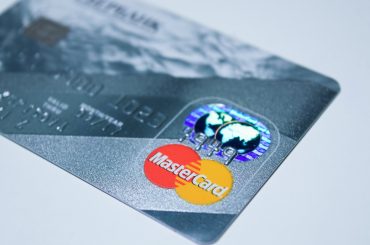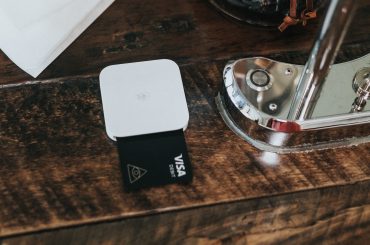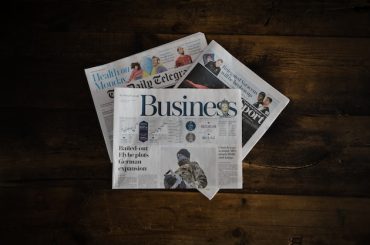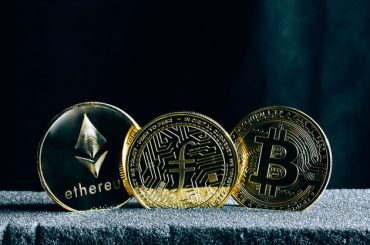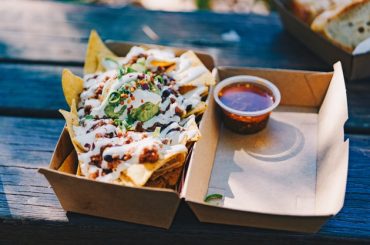There is always a certain amount of uncertainty involved with the financial markets. Most of the time is spent in speculation about the impact of future events. But time and again, there have been examples of companies generating alpha in contradiction to the general sentiments.
One such example is Hilton Worldwide. The company IPOed again in 2013 with a share price of $20, and now it’s trading at $124.75, which is more than 6x returns in 8 years. The multinational hospitality giant recently completed 100 years and is also recognized as one of Fortune magazine’s best places to work.
Since we are talking about the Hilton hotels’ success, it is imperative to know that there was a strong force behind Hilton, which should also be given credit. It is none other than the Private Equity group Blackstone.
Blackstone group took Hilton Worldwide (then Hilton Hotels Corporation) private in an all-cash LBO deal worth $26 billion, out of which $20.5 Billion (78.4%) was financed through debt and $5.6 Billion through equity.
Blackstone bought all outstanding common stock of Hilton at $47.50 (a 40% premium). Hilton Chairman and CEO Stephen F. Bollenbach said,
“Our priority has always been to maximize shareholder value. Our Board of Directors concluded that this transaction provides compelling value for our shareholders with a significant premium. We are delighted that a company with the resources and reputation of Blackstone fully appreciates the value inherent in our global presence, strong brands, industry-leading marketing and technology programs, and unique portfolio of hotel properties.”
(Blackstone Press Release, 3rd July 2007)
In 2018 when Blackstone group finally sold the last remaining stake in the company, it had realized profits close to $14 Billion (almost 3x returns). But how did Blackstone do it? It used a strategy called the Leveraged Buyout.
What is an LBO (Leveraged Buyout)?
A Leveraged Buyout (LBO) is a strategy used for the acquisition of a company with a significant amount of debt. The assets of the company are usually offered as the collateral for the loan.
The purpose of an LBO is to help companies make acquisitions without having to commit a lot of capital. Mostly, private equity players use this method to acquire companies, build the companies again, and sell them to make huge profits.
But why did Blackstone and Hilton choose each other for LBO?
For the third consecutive year, the hospitality industry was being profitable and was becoming one of the favourite sectors to invest for private equity players.
In 2007, Blackstone already had an extensive portfolio of hotels and resorts, including The Boulders, Boca Raton, and La Quinta. Hilton was giving returns of almost 20% to its investors at that time. Still, to grow the business across borders and increase its margins, it needed a partner who has experience in the hospitality sector, and Blackstone was a perfect match.
To take its business international, Hilton had already taken a lot of debt, and sustenance was becoming difficult. It needed somebody with experience in the industry and dry powder to help expand in international geographies. Blackstone had a reputation for being the largest investor in hospitality worldwide. It had grown the brand La Quinta by 45% since its acquisition in 2006.
The conditions of an LBO were in favor of both Hilton and Blackstone. The industry and organization were mature. There was the scope of huge monetary upside once Hilton was again taken public, and let’s not forget the competitive advantage of Hilton over other players. If the deal went sideways, Blackstone could sell the properties, and the assets could also be used as collaterals for the debt issued.
LBO of Hilton was not easy for Blackstone
The deal happened in 2007, not a very good time to buy a hotel at the cusp of the Great Recession of 2008 caused by sub-prime lending crisis. Within the first 18 months, the global revenue fell 20% and EBITDA sank by 40%.
Blackstone had to inform the investors of its funds that $3.9 Billion of Hilton’s value would be lost and wrote off $5.6 Billion Goodwill from its balance sheet in 2008. The hospitality industry was badly hit due to the recession and everyone thought it would be the greatest loss in private equity history.
But the Blackstone-Hilton deal turned out to be one of the most profitable LBO transactions in the history of private equity. The acquisition of Hilton by Blackstone was one of the most successful ever by a private equity firm. What actually happened?
Turnaround
When Blackstone took the reigns of Hilton, one of the first things Jonathan Gray did was to hire Christopher Nassetta as the CEO of Hilton group, who was then the Chairman of Host hotels.
In an interview with Skift in 2018, Nassetta noting to his and Gray’s relationship of 20 years old, mentioned, “A large part of the story is we really transformed the business. We took a business that had been a great global business and had lost its way — and we reinjected a lot of new life. We went from a mediocre performer in the industry to a leading performer in the industry, and that’s because we built an incredible culture — a team aligned around a purpose and a cause to do great things together”.
Before the acquisition, Blackstone found out that quality standards were absent, resulting in bad customer experiences. This is why Gray wanted to change the whole management.
One of the first things Nassetta did, was change the culture of superficiality in the organization. Every manager had to spend the first three days working at the front desk, housekeeping, and cooking. An employee performance evaluation system was also implemented to bring out the competition between workers and establish a long-term culture.
Apart from these, Nassetta implemented other strategies as well. To reduce renting costs and attract investors, the HQ was shifted to Virginia. Hilton also leveraged the World Wide Web to provide services to its clients. They digitized the “HHonors,” which made it easy for customers to get Hilton’s rewards and reuse services.
Blackstone also restructured the debt after acquisition. Earlier from the acquisition, we know the company had funds of $26 Billion (debt + equity). The funds were not entirely used. As we know from above, Blackstone retired $3.9 Billion and added other debt to the liabilities of the company.
At the end of 2007, Hilton had long-term debt amounting to $21 Billion. This way, they were able to pay off the debt and service the company’s capital expenditures. This was a win-win for all the parties.
Hilton saw a lot of potential in international markets such as Europe and China and launched new brands to capture customers. Curio, Tru, Canopy were some among others. They also adopted a franchising strategy to make their brands popular in emerging economies rather than acquire more brands. With these strategies, Hilton, by 2018 had almost doubled the rooms to 900,000 with another 350,000 in the pipeline.
The Exit
In 2018, nearly after 11 years, the private equity group sold its stake of 15.8 million (5%) shares valued at $1.32 Billion. Hilton LBO made fortune for the Private Equity giant. These are the transactions between Hilton and Blackstone over the years.
-AMAZONPOLLY-ONLYWORDS-START-
Also, check out our most loved stories below

Why did Michelin, a tire company, decide to rate restaurants?
Is ‘Michelin Star’ by the same Michelin that sells tires, yes, it is! But Why? How a tire company evaluations became most coveted in the culinary industry?

Johnnie Walker – The legend that keeps walking!
Johnnie Walker is a 200 years old brand but it is still going strong with its marketing strategies and bold attitude to challenge the conventional norms.

Starbucks prices products on value not cost. Why?
In value-based pricing, products are price based on the perceived value instead of cost. Starbucks has mastered the art of value-based pricing. How?

Nike doesn’t sell shoes. It sells an idea!!
Nike has built one of the most powerful brands in the world through its benefit based marketing strategy. What is this strategy and how Nike has used it?

Domino’s is not a pizza delivery company. What is it then?
How one step towards digital transformation completely changed the brand perception of Domino’s from a pizza delivery company to a technology company?

BlackRock, the story of the world’s largest shadow bank
BlackRock has $7.9 trillion worth of Asset Under Management which is equal to 91 sovereign wealth funds managed. What made it unknown but a massive banker?

Why does Tesla’s Zero Dollar Budget Marketing Strategy work?
Touted as the most valuable car company in the world, Tesla firmly sticks to its zero dollar marketing. Then what is Tesla’s marketing strategy?

The Nokia Saga – Rise, Fall and Return
Nokia is a perfect case study of a business that once invincible but failed to maintain leadership as it did not innovate as fast as its competitors did!

Yahoo! The story of strategic mistakes
Yahoo’s story or case study is full of strategic mistakes. From wrong to missed acquisitions, wrong CEOs, the list is endless. No matter how great the product was!!

Apple – A Unique Take on Social Media Strategy
Apple’s social media strategy is extremely unusual. In this piece, we connect Apple’s unique and successful take on social media to its core values.
-AMAZONPOLLY-ONLYWORDS-END-







